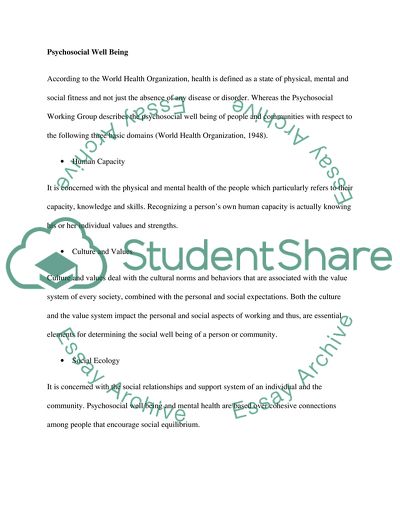Cite this document
(Psychosocial Interventions or Support Coursework, n.d.)
Psychosocial Interventions or Support Coursework. Retrieved from https://studentshare.org/psychology/1742409-nrs408-psychosocial-interventions-in-mental
Psychosocial Interventions or Support Coursework. Retrieved from https://studentshare.org/psychology/1742409-nrs408-psychosocial-interventions-in-mental
(Psychosocial Interventions or Support Coursework)
Psychosocial Interventions or Support Coursework. https://studentshare.org/psychology/1742409-nrs408-psychosocial-interventions-in-mental.
Psychosocial Interventions or Support Coursework. https://studentshare.org/psychology/1742409-nrs408-psychosocial-interventions-in-mental.
“Psychosocial Interventions or Support Coursework”, n.d. https://studentshare.org/psychology/1742409-nrs408-psychosocial-interventions-in-mental.


